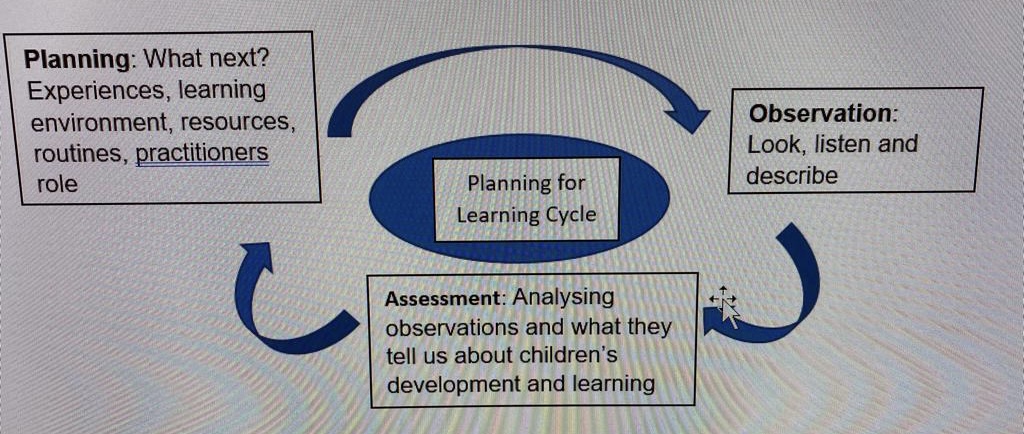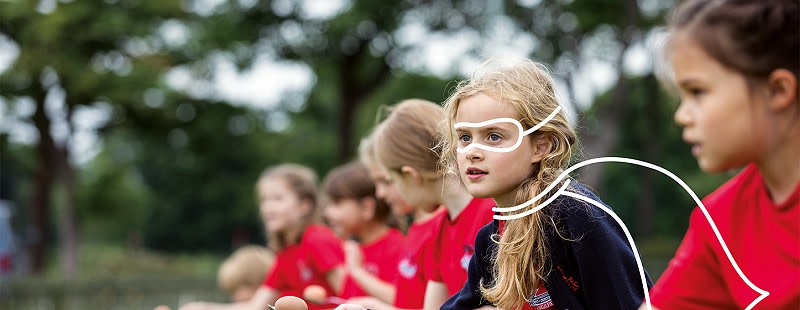- About Cargilfield
- Admissions
- Learning for the 21st Century
- Nursery
- Pre Prep
- Upper School
- Boarding
- News
- Essential Information
- Former Pupils
- Contact Us
Evaluative Practice in Early Years
Evaluative practice is about stepping back from what you're doing and taking a global view of the learning that is occurring with a critical eye. It involves taking stock of our current methods of learning and teaching, assessing how it compares with where we want to be and then taking action to move towards that goal.
In the nursery here at Cargilfield, the things we consider are; where each of the children are with their learning and development, what is the level of emotional care being offered and how high is the quality of the learning environment? Underpinning all of these is the quality of teaching in supporting the children on their learning journey.
Why is it important for us to embed evaluative practice in what we do?
There are a number of evaluative tools available to staff which we employ in the nursery as part of our evaluative practice. A range of observation techniques are used by staff including; narrative observations, time samples, environment maps, tracking a child throughout a session and peer on peer observation to inform staff discussions. Cohort tracking is also a tool which we employ as part of our evaluative practice in nursery. Collecting data in terms of developmental and learning milestones allows nursery staff to highlights trends, gaps and children who need additional support or those who need extending.
Assessment then plays a crucial role, as shown in the ‘Planning for Learning Cycle’ below.

As a result, a strong relationship exists between assessment and evaluation in Early Years. Assessment documents the learning and the acquisition of skills and evaluation then uses this information to take the learning further; considering the quality of environment and teaching as a result of the completed assessment.
When all these elements of evaluation are knitted together it enables us to take a global view of the learning that is occurring and empowers all those involved to ensure high quality provision for all of the children in our care.
Jan Harber, Head of Nursery
Posted on

Join us on Friday 2 May between 9am and 12pm to discover what makes Cargilfield truly special.